Advances and Challenges in Designing Efficient NiFe‐Based Oxygen Electrocatalysts for Rechargeable Zn–Air Batteries
Advanced Energy Materials, EarlyView.

The review systematically summarizes the design strategy of NiFe-based catalysts, including anionic modification, cation doping, supporting effect, embedding effect, and multi-component construction, to boost the performance in rechargeable Zn–air batteries with high activity and sustained stability. Some personal insights on developing practical NiFe-based electrocatalysts are also proposed to guide future research on industrial rechargeable Zn–air batteries.
Abstract
Designing cost-effective bifunctional electrocatalysts with high activity claims essential features for accelerating the practical application process of rechargeable Zn–air batteries. NiFe-based catalytic materials are viable candidates for bifunctional electrocatalysts, benefiting from abundant reserves, low costs, adjustable electron structures, and high catalytic activities. To accelerate the industrialization process of NiFe-based materials in rechargeable Zn–air batteries, it is necessary to systematically explore their design strategies for promoting bifunctional catalytic activities. This review first introduces the working principle, reaction mechanism, and challenges of rechargeable Zn–air batteries, which aim to understand the cathodic catalyst design criteria. Furthermore, the categorization of NiFe-based catalysts is illustrated in detail to introduce the design strategy. Based on the understanding, the design strategy of NiFe-based catalysts, including anionic modification, cation doping, supporting effect, embedding effect, and multi-component construction, is summarized to boost the performance in rechargeable Zn–air batteries with high activity and sustained stability. Finally, some personal insights on developing practical NiFe-based electrocatalysts are proposed. It is believed that this review can offer valuable insights for guiding future research on the advancement of NiFe-based catalysts in rechargeable Zn–air batteries.













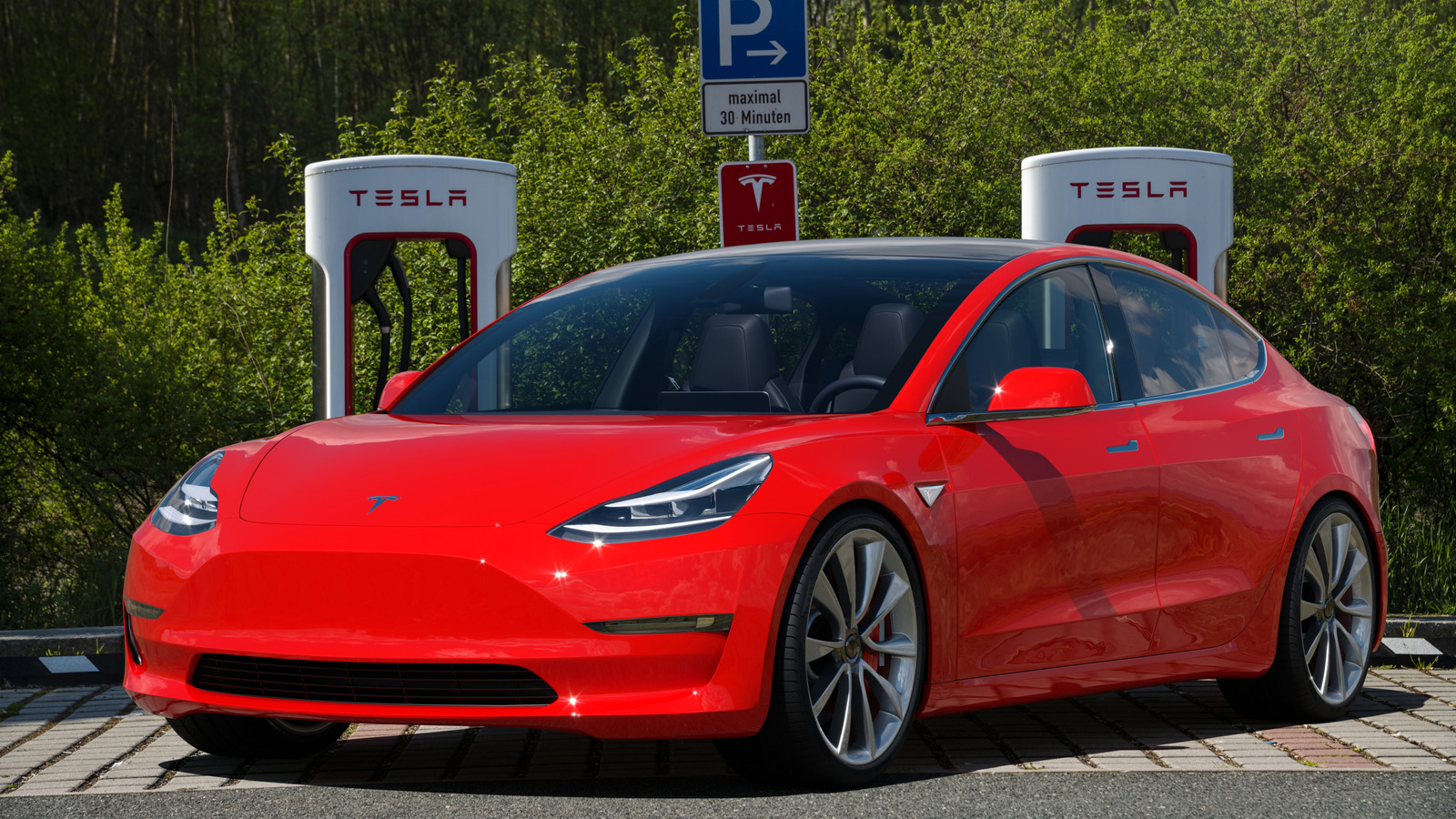


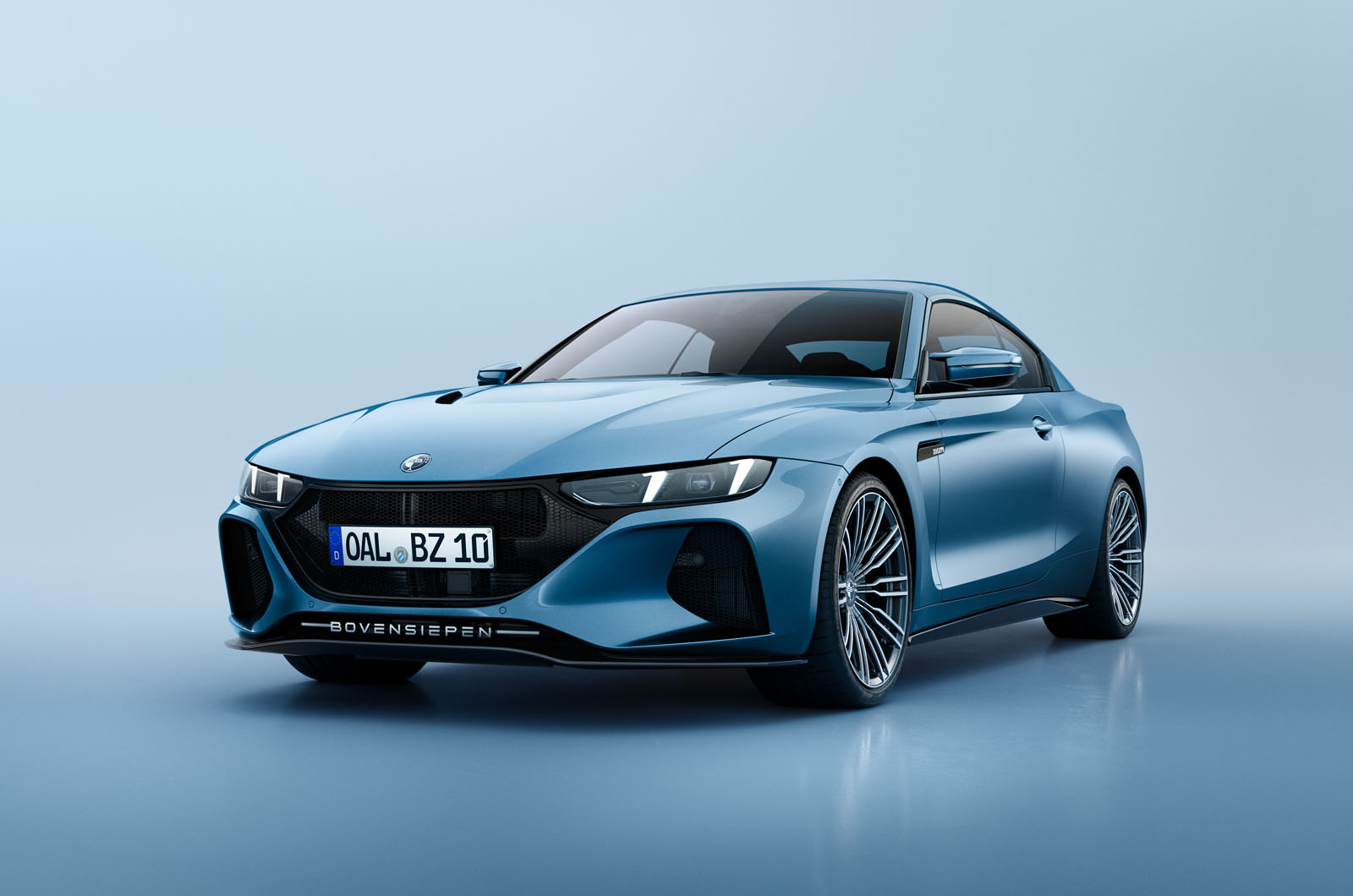








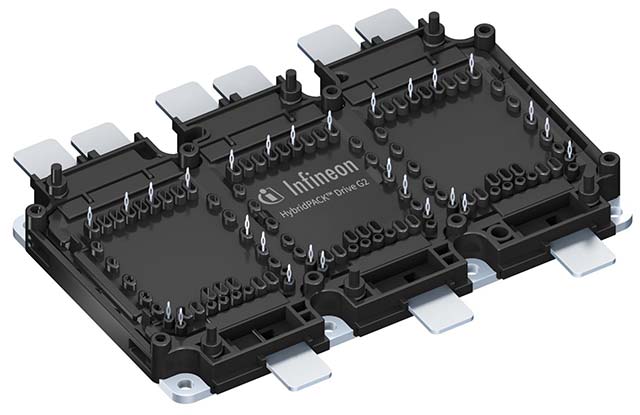
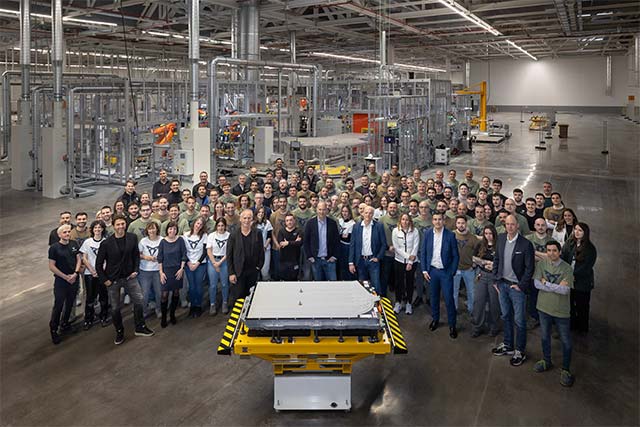




































































































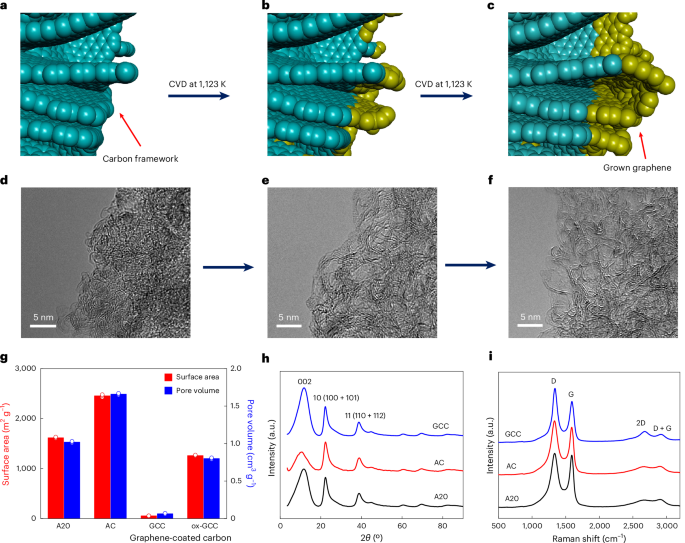









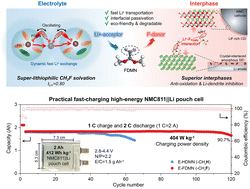
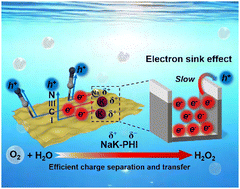



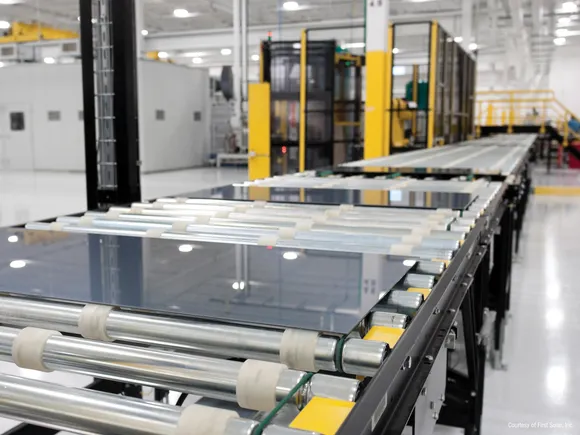




![Hotel Beds Have Been Smashing My Shins For A Decade—And They Still Haven’t Fixed It [Roundup]](https://viewfromthewing.com/wp-content/uploads/2025/05/bed-frame.jpg?#)
